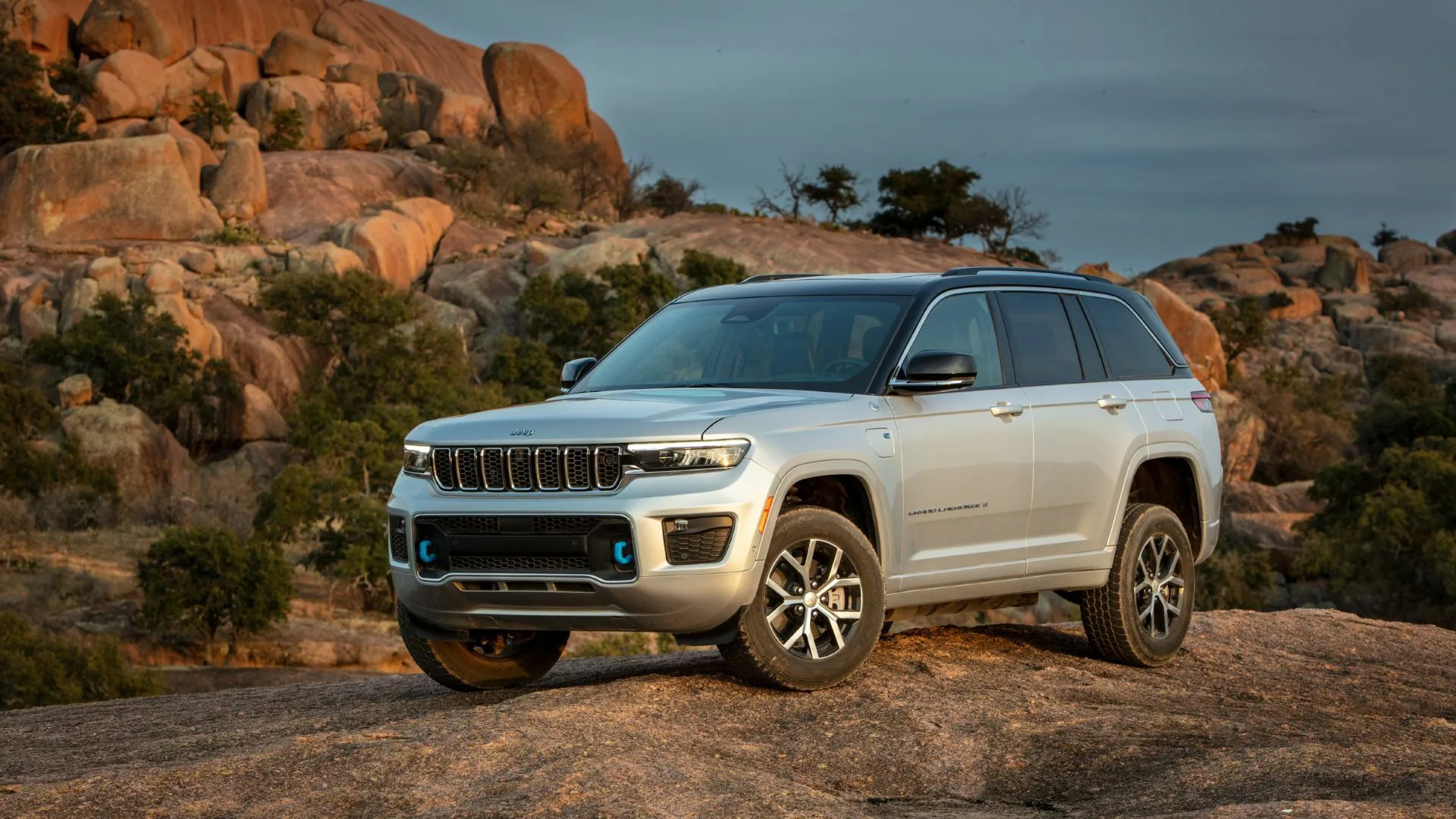Headlights are among the most critical components of any vehicle when it comes to safety. They help us see and be seen, particularly in poor lighting, bad weather, or nighttime driving. Yet, many car owners are surprised and frustrated when those very lights begin to fog up from the inside.
This is more than just a cosmetic issue. Fogged headlights reduce light output, distort beam patterns, and can even shorten the lifespan of bulbs and internal electronics.
Moisture inside headlight assemblies is typically caused by poor seals, inferior ventilation systems, or the degradation of the plastic lens housing over time. These issues may result from design oversight or cost-cutting during manufacturing.
Some models have a higher-than-average tendency to develop fogging because of large headlight shapes, flawed drainage paths, or improperly designed breather vents. In many cases, automakers don’t recognize these as serious enough to issue recalls, leaving owners to deal with the problem themselves, usually at great expense.
And it’s not just older or economy cars that are affected. Some of the most stylish and technologically advanced vehicles have complex or oversized headlight assemblies that are ironically more vulnerable to fogging due to intricate structures and sensitive components. Whether it’s a compact sedan, a mid-size SUV, or a luxury coupe, condensation inside the headlight can be both a safety hazard and a source of constant irritation for car owners.
This article takes a closer look at five vehicles widely known for frequent headlight fogging issues, based on user feedback, common service complaints, and general engineering observations.
These cars stand out not only because they fog up often, but because the issue is persistent, difficult to fix permanently, and often ignored by dealerships. For each vehicle, we’ll explore the root cause, the effect on performance, owner frustration, and why the problem still exists.
Also Read: 12 Cars That Still Offer Front Bench Seating
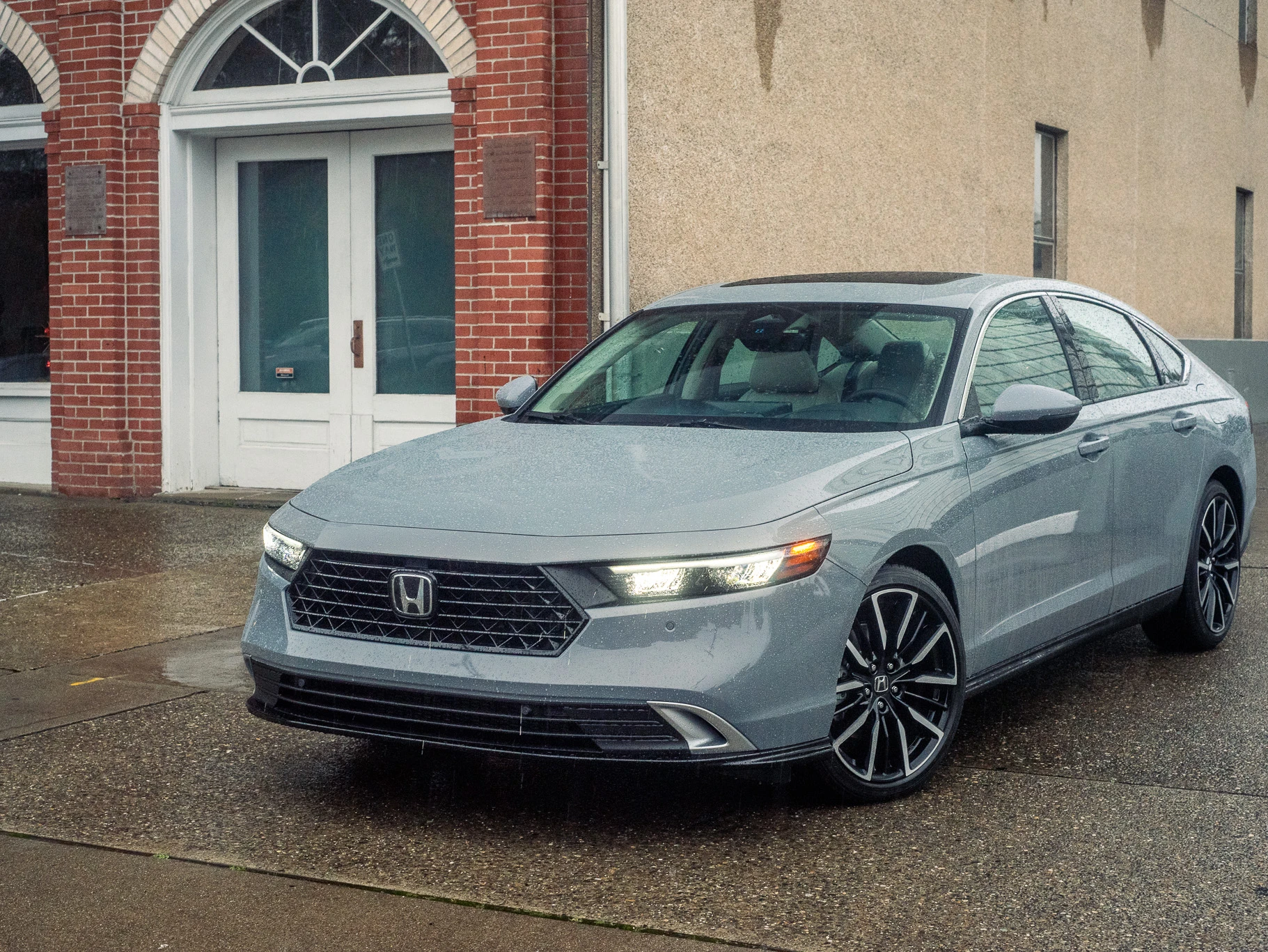
1. Honda Accord (2008–2012)
The 2008–2012 Honda Accord is known for its reliability, but one of its most commonly reported annoyances is the persistent fogging of its headlights. Owners have frequently reported visible moisture inside the headlight housing, especially after cold nights or heavy rainfall. The large, curved design of the headlight lens creates a greater surface area for condensation to develop and become trapped, particularly when the weather fluctuates rapidly.
One of the primary issues stems from the degradation of the sealant used around the headlight edges. As the vehicle ages, this sealing material becomes brittle, creating tiny gaps where moisture can easily enter.
Compounding the issue, Honda did not equip these models with effective moisture venting systems. The vents are too small and ineffective in promoting airflow, which means once moisture enters the headlight housing, it tends to linger.
Even more frustrating for owners is that the fogging isn’t just a temporary reaction to the weather. It often builds up over time and fails to dissipate, even after days of dry conditions.
This has led to diminished light output, which affects nighttime driving safety. Some users report that it feels like driving with “cataracts,” especially when both headlights are affected. Headlight bulbs may also burn out more quickly because of internal moisture.
Dealers typically respond by recommending full headlight replacement, which can cost anywhere from $300 to $900 per side. This is a steep cost for a problem that arguably stems from poor design or quality control.
Many owners turn to DIY solutions, such as removing the headlight to dry it with a hairdryer, applying aftermarket sealant, or inserting silica gel packets inside the housing. While some of these methods work temporarily, they rarely offer a long-term fix.
What’s especially disheartening is that this issue affects such a high-selling vehicle. With millions of these Accords on the road, the fogging issue is widespread and well-documented in online forums. Yet Honda never issued a recall or even a service bulletin that directly addresses it. Instead, they label it as “normal moisture accumulation” unless it forms visible droplets or pools of water.
Ultimately, while the Honda Accord remains a fantastic car mechanically, the fogging headlight issue leaves a mark on its long-term ownership experience. It’s a perfect example of how a minor oversight in design can turn into a widespread maintenance headache for drivers.
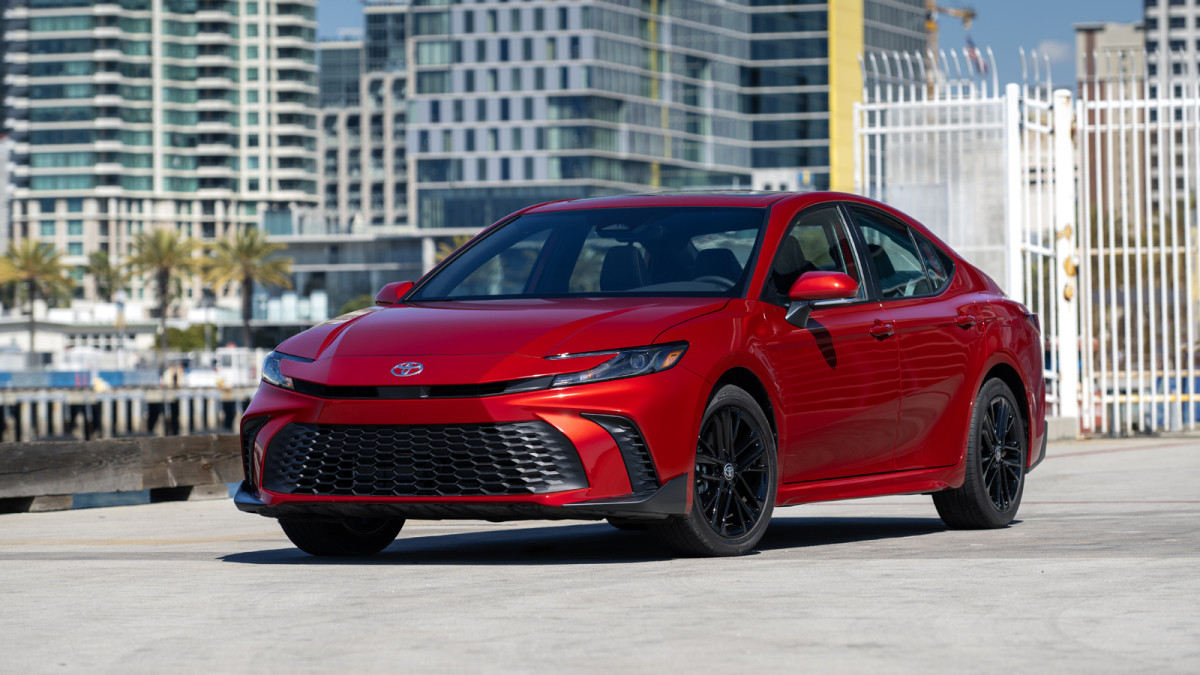
2. Toyota Camry (2007–2011)
The 2007–2011 Toyota Camry, another highly popular mid-size sedan, has been a poster child for dependable transportation. However, its headlight assemblies leave much to be desired. Drivers across various climates have reported recurring fogging issues that not only reduce visibility but also detract from the otherwise clean, professional appearance of the vehicle.
The culprit in the Camry’s case is multifaceted. First, the size and shape of the headlights themselves allow for more surface area where condensation can form. Unlike smaller or more compact headlight units, the Camry’s wide assemblies seem particularly prone to trapping moisture inside. Second, the venting system—intended to equalize air pressure and moisture—is poorly designed and often fails to expel trapped humidity.
Many owners have noticed that fogging begins mildly but gradually worsens over time, especially in colder regions or during seasonal transitions. It’s not uncommon to find vehicles that have permanent fogging, regardless of the weather conditions.
That kind of moisture buildup isn’t just annoying—it degrades the reflective surfaces inside the housing, reducing light output and altering beam direction, which can compromise nighttime safety.
Toyota has offered vague responses to the problem, usually suggesting that some moisture is normal and should clear on its own. Unfortunately, many drivers find that their headlights remain fogged up indefinitely, sometimes even showing internal streaking or water droplets. In severe cases, the moisture leads to bulb failure or corrosion of internal wiring, adding yet another layer of frustration.
Aftermarket replacements are available and somewhat more affordable than dealership fixes, but they rarely match the fit and finish of the OEM part, and they often fog up just as badly.
That leaves Camry owners with few reliable options: replace, reseal, or tolerate. Some turn to aggressive DIY methods, like drilling small holes for drainage or applying UV-resistant films to reduce lens degradation, but results vary widely.
For a car so widely respected for its low maintenance and reliability, this headlight fogging issue stands out like a sore thumb. It’s not a dealbreaker, but it’s a persistent annoyance that makes one wonder why something as basic as keeping the headlights clear wasn’t better engineered.

3. Nissan Altima (2013–2018)
The Nissan Altima is known for offering solid fuel economy and a comfortable ride, but for the 2013–2018 models, the headlight design has been a persistent point of frustration. Many owners have reported that the headlights fog up frequently, especially in humid regions or after rainstorms. This isn’t just a minor inconvenience—it significantly diminishes light projection, affecting visibility and safety.
A major contributor to this problem is the design of the Altima’s headlight housings, which feature a broad and slightly curved lens made from polycarbonate plastic.
Over time, this material is prone to UV degradation, which weakens the integrity of the seal between the lens and the rest of the assembly. As the seal deteriorates, moisture begins to infiltrate the housing during any temperature or pressure changes.
Even new vehicles have been known to exhibit the problem within the first year of ownership. The moisture doesn’t always appear as heavy droplets or pools—sometimes it takes the form of a persistent internal haze that’s difficult to remove. Unlike surface cloudiness caused by external oxidation, this interior condensation sits inside the sealed unit, making it unreachable without opening or replacing the headlight.
The brake system on the Altima is another weak point. While the assemblies technically include vents to help equalize pressure and moisture, they are often too small or improperly placed to allow sufficient airflow.
This leads to moisture buildup that never fully dries out. The issue is compounded in regions with high humidity or frequent rainfall, where the air inside the assembly remains saturated with water vapor for weeks at a time.
Owners who approach dealerships for help are often told the problem is “cosmetic” and doesn’t affect drivability, which isn’t entirely true.
Reduced headlight clarity means lower lumen output, diminished beam throw, and a greater chance of glare or beam scatter—all of which negatively impact night driving. Replacing the full assembly is typically the only long-term solution, and it’s costly.
In forums and consumer complaint sites, Altima drivers regularly express disappointment that Nissan hasn’t issued a service campaign or recall, despite the high number of affected vehicles.
As one of the most popular sedans in North America, the Altima’s persistent headlight fogging issue feels like a missed opportunity for Nissan to prioritize long-term visibility and customer trust.
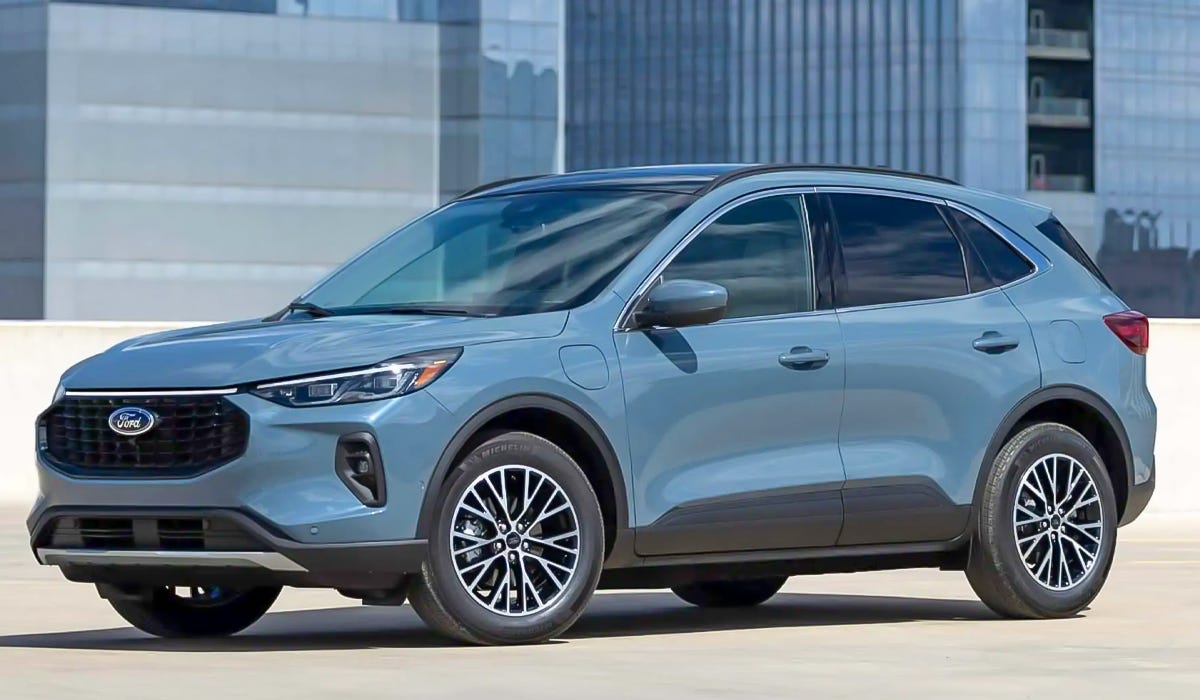
4. Ford Escape (2013–2016)
The 2013–2016 Ford Escape was part of a major design revamp for Ford’s compact SUV, bringing a sleeker, more modern look. Unfortunately, the redesigned headlight assemblies introduced more problems than solutions for many drivers.
One of the most common complaints among Escape owners is that the headlights fog up quickly, sometimes even within months of purchase.
The headlight design in this generation features a sharp, angular housing that uses narrow seals and thin vent channels—elements that look sleek on paper but are prone to failure in practice. Moisture can slip through microscopic gaps or become trapped after a rainy day or a car wash. In many cases, the fogging appears almost immediately and remains stuck inside the lens unless the assembly is removed and dried manually.
Adding to the issue is the material quality of the lens cover. Made from mid-grade plastic to keep manufacturing costs down, these lenses degrade relatively quickly under UV exposure. This leads not only to internal fogging but also external oxidation, making the lens appear dull from both sides. Many drivers report that they end up cleaning their headlights frequently, only to find that the clarity issues are coming from inside, not outside.
Ford acknowledged some headlight seal issues in other models but has largely ignored similar complaints from Escape owners. Dealerships often claim it’s “normal condensation” and recommend leaving the headlights on for 30 minutes to dry them out. In reality, this strategy rarely works, especially when the internal environment is sealed and the breather vents are ineffective.
The fogging also affects the SUV’s resale value. Used car buyers are more aware than ever of what to look for, and cloudy headlights are an instant red flag. Many owners who tried to sell or trade in their Escape were shocked at how much the condition of the lights impacted appraisals. Worse, replacement OEM units aren’t guaranteed to fix the issue long-term unless the underlying design is addressed.
For a vehicle marketed toward active families and adventure seekers, poor nighttime visibility caused by fogged headlights is more than just a nuisance—it’s a serious compromise on safety. Given the Escape’s popularity and widespread use, the lack of a robust fix remains a blemish on an otherwise capable crossover.
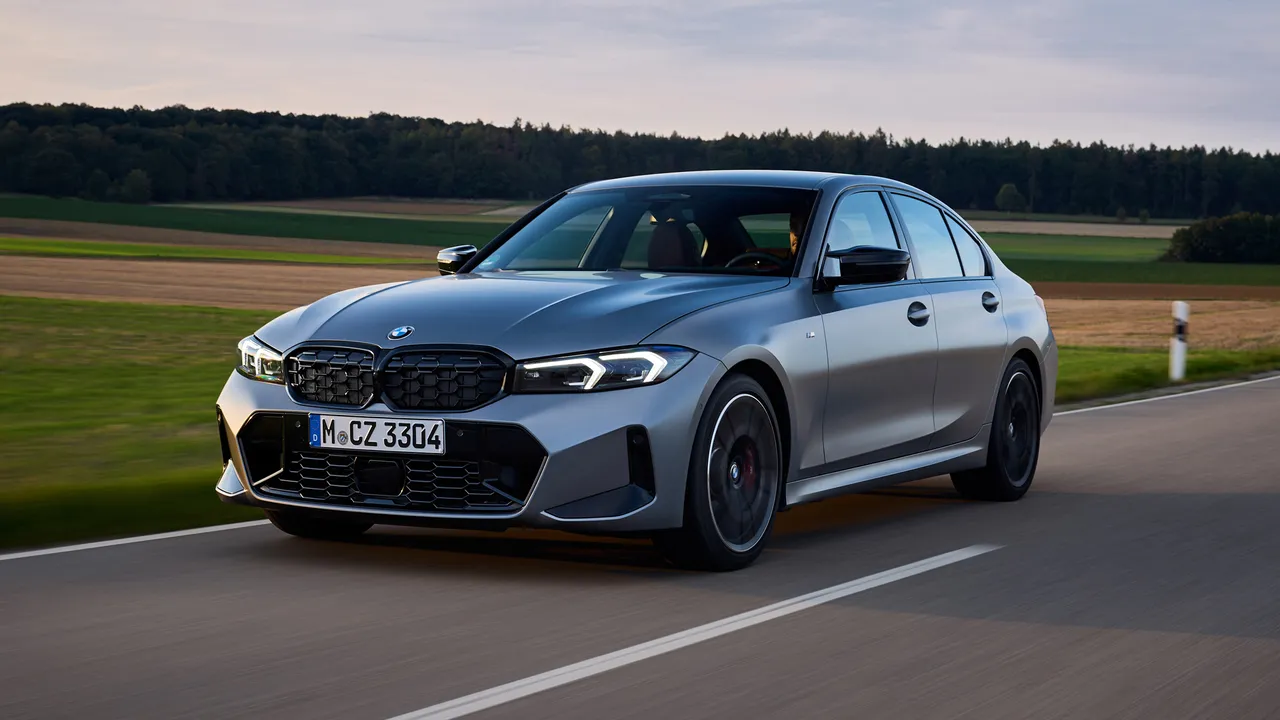
5. BMW 3 Series (E90, 2006–2011)
Luxury cars aren’t immune to basic design flaws, and the BMW 3 Series E90 generation (2006–2011) is a prime example. Despite its reputation for driving excellence and high-end engineering, this model struggles with a surprisingly simple issue: headlights that fog up. It’s a complaint that cuts across regions and climates, reported by many owners regardless of mileage or trim level.
BMW designed the E90 with distinctive dual-projector headlights encased in large, stylish housings. While aesthetically pleasing, these headlights are notorious for their poor moisture resistance. Over time, the butyl rubber sealant used around the lens begins to dry out and shrink, creating entry points for humidity. Compounding the issue, BMW used a relatively tight breather system that doesn’t allow moisture to escape easily once it enters.
Unlike many mainstream brands, BMW uses headlight assemblies that are often sealed tightly and more integrated with the vehicle’s electrical system, which makes removal and repair more difficult. As a result, even minor fogging issues become expensive, time-consuming repairs, often requiring full replacement or professional resealing, which can cost well over $1,000 at a dealership.
The fogging in E90 models can also create aesthetic issues for a car known for its sharp, clean look. Internally fogged lenses can turn an elegant set of headlights into a murky, yellow-tinted mess. Some owners have tried baking the housings in ovens to reseal them or using heat guns to dry out moisture, but these DIY methods come with risks and are rarely permanent fixes.
More concerning is that the fogging doesn’t just reduce visibility—it can interfere with the operation of adaptive lighting components or xenon bulbs, which are sensitive to temperature and moisture. Several owners report flickering or failing bulbs shortly after noticing persistent condensation, suggesting the issue goes beyond cosmetic inconvenience.
BMW never issued a recall for this defect, and many dealerships treat the problem as routine wear and tear. For a vehicle segment that prides itself on attention to detail and premium quality, the foggy headlight issue stands as a surprisingly common and unresolved concern. It’s a reminder that even in the luxury market, basic functionality should never take a back seat to design.
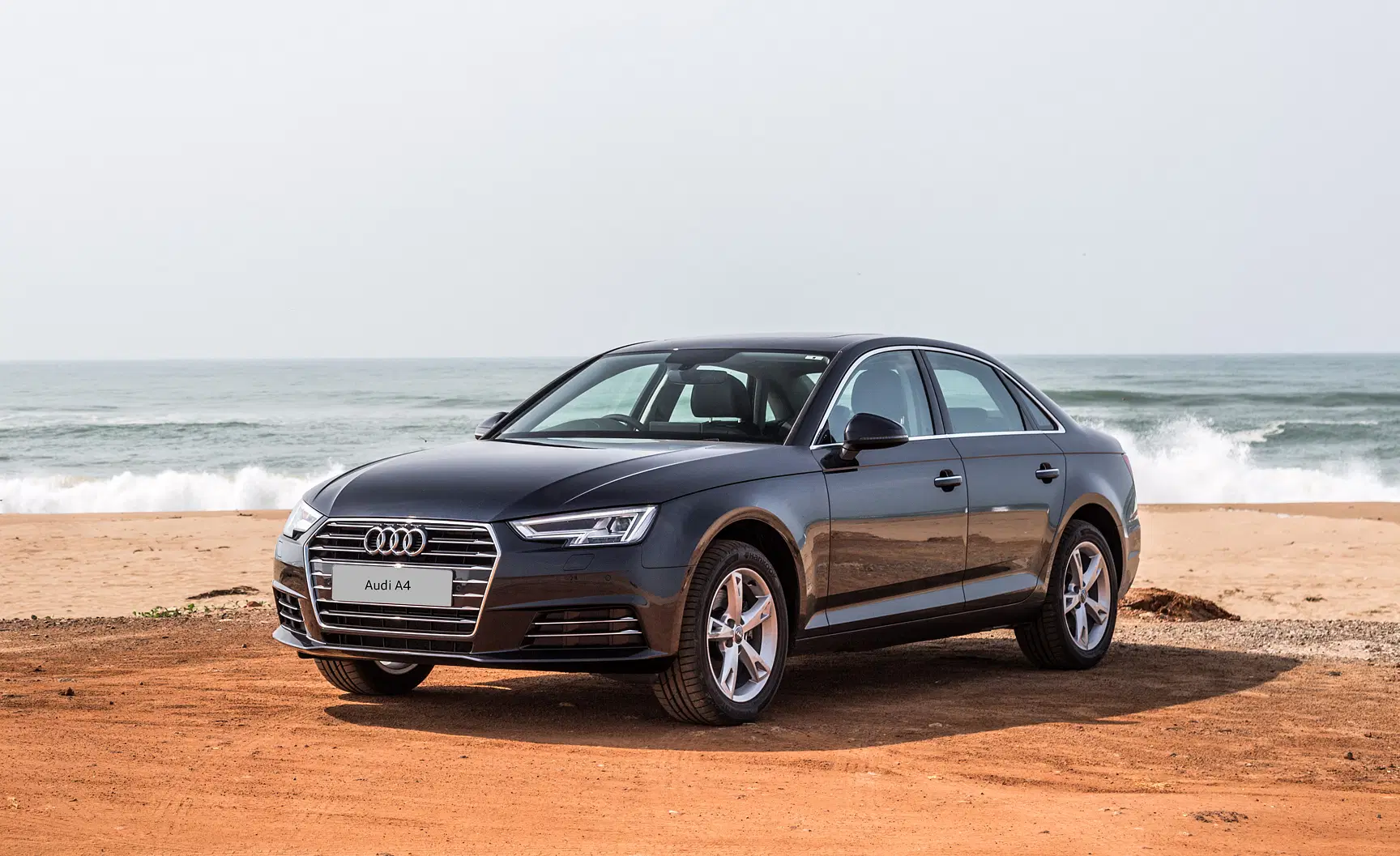
6. Audi A4 (2009–2013)
Audi’s A4 is revered for its refined engineering, luxurious feel, and precise handling. However, the 2009–2013 models suffer from a consistent issue that many owners have reported: fogging inside the headlights. The A4’s sophisticated LED and xenon headlights, while visually striking, are particularly vulnerable to this problem due to their intricate design.
One of the primary causes of the fogging is the breakdown of the seals used around the headlight units. Audi’s decision to utilize a tightly sealed headlight housing with minimal venting has led to moisture being trapped inside. This seal degradation often happens early in the vehicle’s life, allowing condensation to form on the inside of the lens, especially in colder or rainy conditions.
Many owners first notice the issue after significant temperature shifts, such as in the morning after a cold night, when the moist air condenses and settles on the inside of the headlight. This can become a persistent problem, especially for those who live in climates with high humidity or experience frequent seasonal changes. Over time, the fogging can become more noticeable, impeding the effectiveness of the headlights and reducing night visibility.
The internal fogging also creates a challenge for owners who want to clean or repair their headlights. Audi uses a design where the headlights are difficult to remove without extensive disassembly, making DIY fixes more complicated and risky. As a result, owners often find themselves paying premium prices for replacement parts or professional repairs, as the fogging issue can’t be addressed with simple cleaning solutions.
Adding to the frustration, Audi’s customer service response has been largely nonchalant. Although many owners have raised the issue, the automaker has not issued a recall or proactive service campaign for this defect, leaving consumers to bear the cost of repairs. Some drivers have resorted to purchasing aftermarket headlight housings to avoid dealing with the fogging problem repeatedly.
Given Audi’s reputation for high-end automotive engineering, the A4’s headlight fogging issue is particularly disappointing. It affects a car that’s meant to deliver a premium driving experience, and this seemingly small problem compromises both the aesthetics and safety of the vehicle.
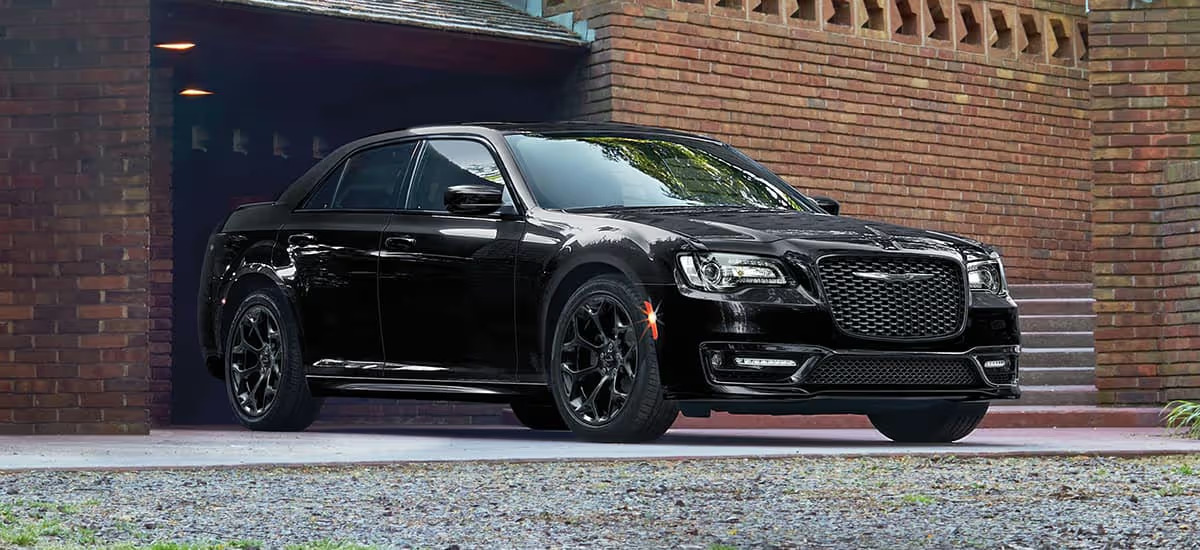
7. Chrysler 300 (2011–2015)
The Chrysler 300, known for its bold design and spacious interior, unfortunately has one glaring flaw in the 2011–2015 model years: fogging headlights. While the exterior of the car exudes sophistication, the headlights often suffer from internal moisture buildup, a problem that many owners have voiced their frustration over.
The main cause of the issue lies in the headlight assembly’s construction. Chrysler uses a plastic housing that is prone to wear over time, and the seals around the headlights often fail to provide a proper barrier against moisture. As the car ages, these seals can shrink or crack, creating opportunities for water vapor to infiltrate the housing. The fogging is particularly pronounced in areas where the weather is humid or rainy, as the moisture accumulates over time.
What makes the fogging issue more aggravating is that it’s not always a quick fix. Unlike surface fogging, which can be wiped away, moisture inside the housing can remain trapped for weeks, and sometimes even months. This issue doesn’t just affect the car’s appearance; it impacts safety, too. The headlights lose their clarity, which means less light output and compromised visibility, particularly in low-light conditions or inclement weather.
Many Chrysler 300 owners have had to resort to expensive solutions. The most common repair is to replace the entire headlight assembly, a costly procedure that can run upwards of $1,000 or more, depending on whether it’s done at the dealership or through a third-party service. Some owners have tried DIY methods like drilling tiny holes to release moisture, but these fixes are often temporary at best.
The lack of an official recall or a proactive solution from Chrysler has left many owners feeling unsupported by the manufacturer. While the car’s bold design and comfort are strong selling points, the persistent headlight fogging issue is a serious drawback that affects the ownership experience, especially for those who rely on their vehicle for daily commuting or long trips.
Given the Chrysler 300’s status as a high-end offering in the brand’s lineup, it’s unfortunate that this persistent issue has tainted its reputation. It’s a reminder that even in the luxury segment, seemingly small problems can have a significant impact on the driving experience.
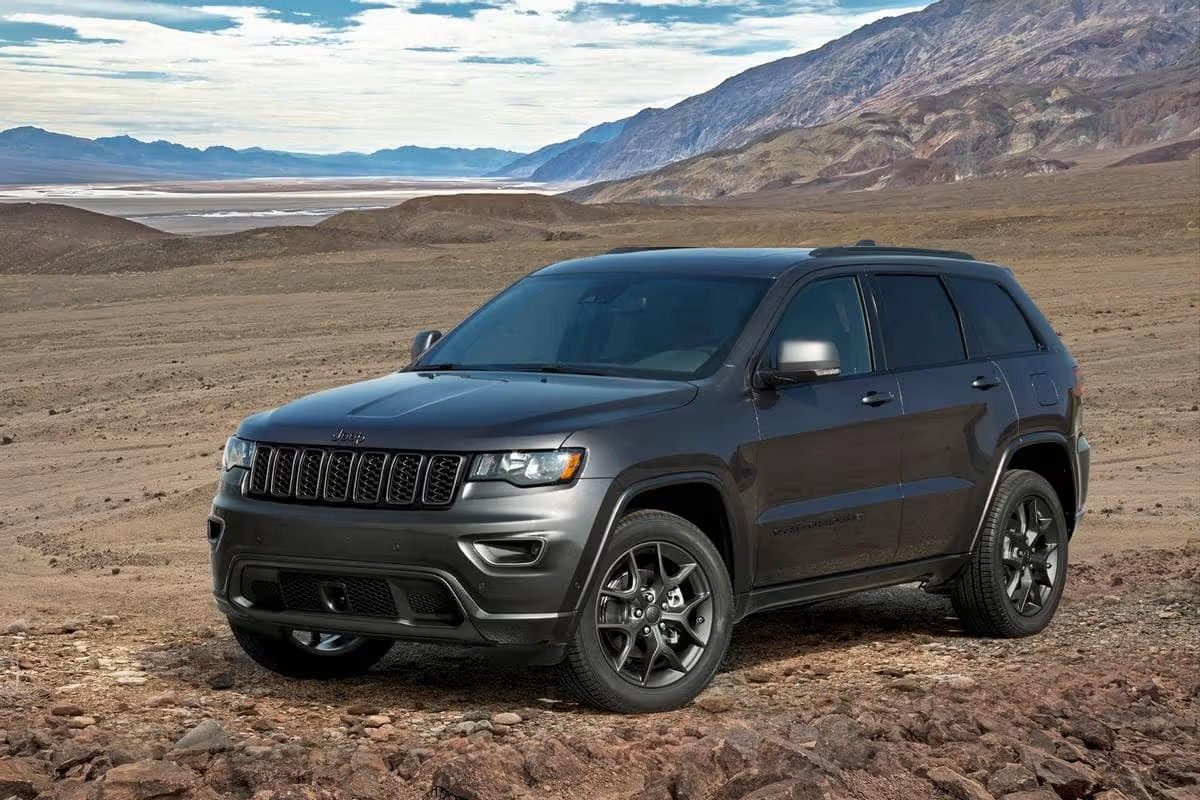
8. Jeep Grand Cherokee (2011–2016)
The Jeep Grand Cherokee is a rugged, off-road-ready SUV that’s known for its strength, durability, and performance. However, the 2011–2016 models are particularly susceptible to an issue that’s all too familiar to many owners: fogging headlights. While the Grand Cherokee is designed to withstand tough conditions, the design of its headlight assemblies leaves much to be desired when it comes to moisture management.
One of the main issues with the Grand Cherokee’s headlights is that they have a large, angular shape that provides a wide surface for moisture to condense on. While the housing itself is durable, the seals used around the headlight lens are often ineffective in keeping moisture out. Over time, condensation can build up inside the lens, leaving behind a haze that’s difficult to remove without professional intervention.
For many Jeep owners, this fogging issue doesn’t just appear under extreme weather conditions but becomes a regular problem over time. After a few years of ownership, moisture inside the headlight assembly seems almost inevitable. This reduces the effectiveness of the headlights, especially when driving at night or in foggy conditions, and compromises the SUV’s performance and safety.
To make matters worse, the Grand Cherokee’s headlight assemblies are often costly to replace. Many owners have reported that replacing the headlights is the most effective long-term solution, but the expense of doing so can be prohibitive, especially for those who’ve already invested in an expensive vehicle.
Jeep’s response to this issue has been minimal, and like many automakers, the company hasn’t issued a recall or a service bulletin acknowledging the problem. Instead, many owners are left to find their own solutions, which include aftermarket headlight assemblies or expensive dealership repairs.
While the Jeep Grand Cherokee is beloved for its off-road capability and strength, the fogging headlight issue detracts from the vehicle’s reputation for reliability. For an SUV that’s designed to conquer the elements, its inability to handle something as basic as moisture management inside the headlights is a major disappointment.
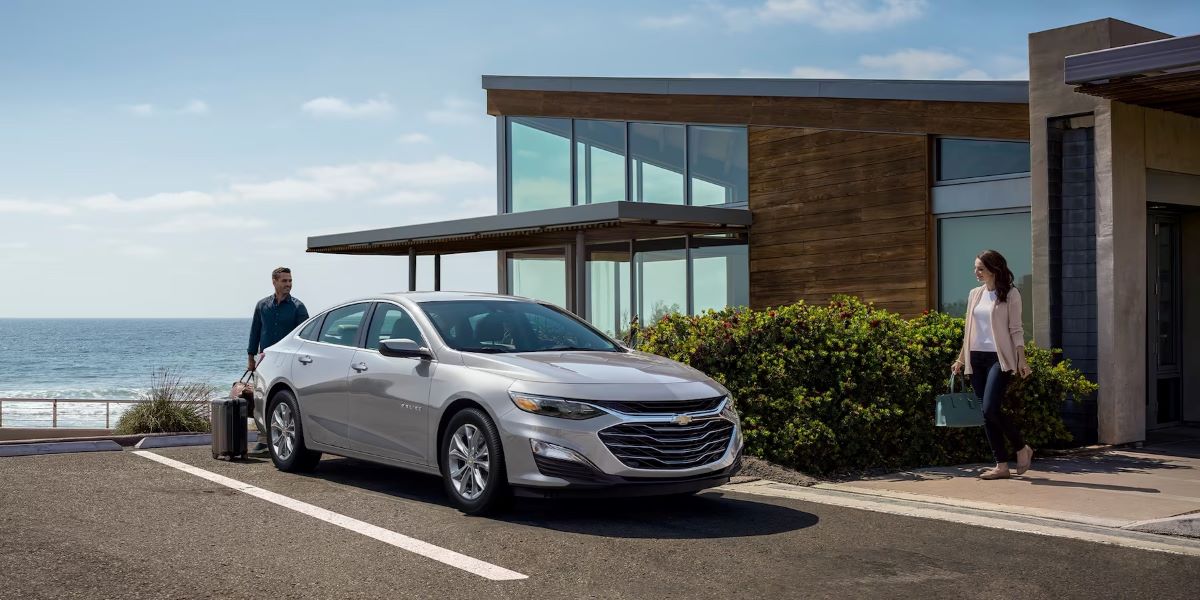
9. Chevrolet Malibu (2008–2012)
The Chevrolet Malibu, a family-friendly sedan known for its smooth ride and practical design, also suffers from an annoying headlight fogging issue, particularly in the 2008–2012 models. This problem has been frequently reported by owners, especially in regions with high humidity or varying temperatures. While the vehicle itself is generally reliable, its headlights often fail to maintain clear visibility due to moisture buildup inside the housing.
The issue is typically caused by a flawed headlight design, with the plastic lens prone to warping and cracking over time. The seals that surround the headlight lens are often not strong enough to withstand long-term exposure to the elements, allowing moisture to penetrate the housing. As a result, condensation accumulates inside, leading to a hazy or fogged appearance that doesn’t clear up on its own.
Unlike surface-level fogging caused by external weather conditions, the moisture trapped inside the headlight housing is a persistent issue. For many Malibu owners, the fogging is not just a cosmetic problem—it significantly reduces the brightness and clarity of the headlights, making nighttime driving more hazardous. This issue becomes even more concerning for those who rely on their car for long commutes or late-night trips.
Chevrolet has not issued a recall for the Malibu’s headlight fogging problem, leaving many owners to find their own solutions. While some attempt to fix the issue by resealing the headlight assembly or using desiccants to absorb moisture, these DIY fixes are often temporary at best. Replacing the entire headlight assembly is usually the most effective solution, but it’s a costly repair.
Despite its good reputation for being an affordable, reliable sedan, the Malibu’s persistent headlight fogging problem is a serious flaw that undermines its safety and usability. For a car designed to be an everyday commuter, this issue can turn into a significant frustration for owners.
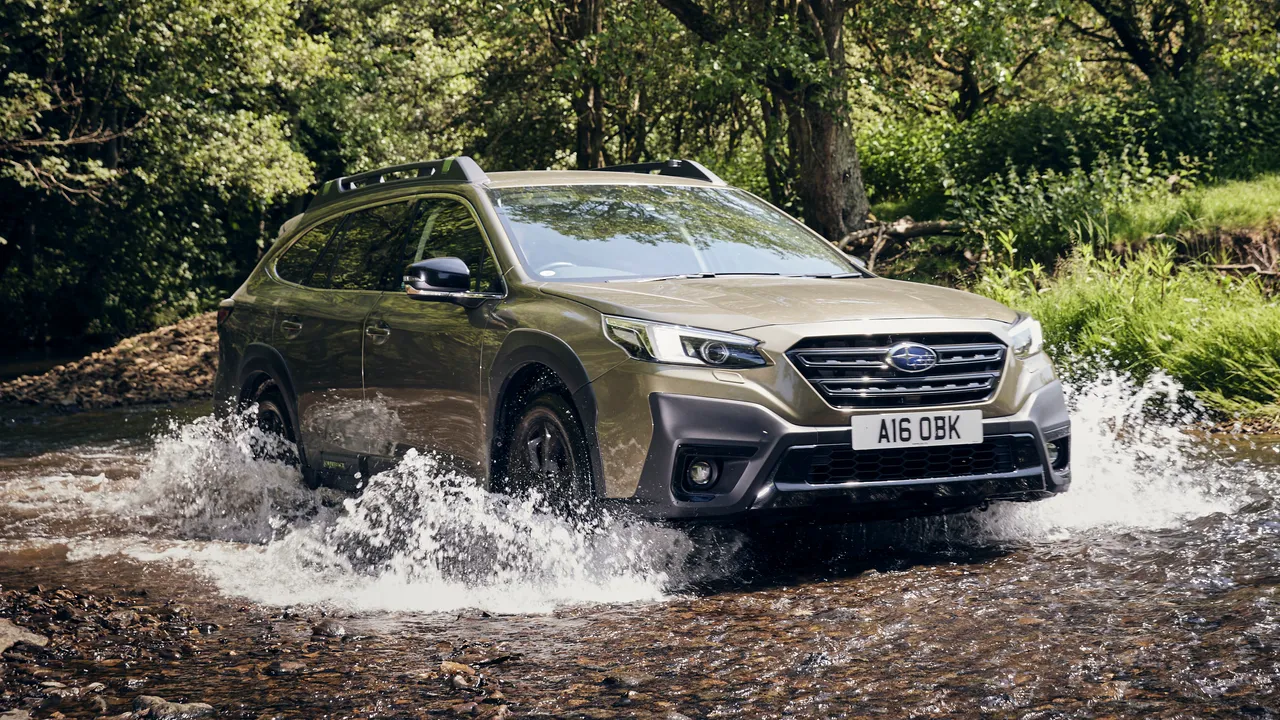
10. Subaru Outback (2010–2014)
The Subaru Outback is a beloved all-wheel-drive wagon known for its ruggedness and reliability in various weather conditions. However, the 2010–2014 Outback models come with a frustrating issue that many owners experience: fogging headlights. For a vehicle designed to handle harsh climates and off-road conditions, it’s surprising that the Outback’s headlights are so prone to condensation issues.
The problem with the Outback’s headlights stems from a combination of poor sealing and insufficient ventilation. The headlight assemblies are made of plastic that is prone to scratching and warping, and the seals around the lens tend to fail over time. This allows moisture to seep in, especially during periods of heavy rain or rapid temperature changes. Unfortunately, Subaru’s design doesn’t incorporate an effective moisture expulsion system, which means the fogging often persists for weeks or months.
In many cases, the fogging is not just cosmetic. The accumulation of moisture inside the lens can reduce light output and scatter the beam, making it difficult for drivers to see the road clearly, particularly at night or in low-visibility conditions. The internal condensation can also lead to premature wear on the headlight bulbs, causing them to burn out sooner than expected.
Subaru’s approach to dealing with the issue has been lackluster. Many owners report that their dealerships don’t provide any significant solutions beyond recommending headlight replacement. In fact, replacing the headlight assembly is often the only reliable fix, but it can be costly, especially considering the vehicle’s age.
For a vehicle that’s built to tackle some of the toughest terrain and weather conditions, the Subaru Outback’s headlight fogging issue is a surprising and somewhat disappointing flaw. It diminishes both the safety and the driving experience for owners, particularly those in areas prone to rain and humidity.
Also Read: 5 SUVs With Surprisingly Deep Under Seat Storage
A Clear Problem with Complex Solutions
Headlight fogging is a frustrating issue that plagues a wide range of vehicles, from everyday sedans to high-end luxury models. While it may seem like a minor cosmetic problem at first glance, the effects on safety, performance, and aesthetics can be much more significant than many car owners realize.
Fogged headlights reduce the effectiveness of a vehicle’s lighting system, leading to decreased visibility, poor beam patterns, and increased risk while driving at night or in bad weather conditions. The fogging issue isn’t just about aesthetics; it’s about making sure drivers can see the road clearly and be seen by others.
From popular models like the Honda Accord and Toyota Camry to luxury brands like BMW and Audi, these vehicles share a common design flaw: poor moisture management within the headlight assemblies.
Whether due to faulty seals, insufficient ventilation, or the degradation of plastic materials over time, the result is the same: persistent condensation inside the headlight housing that never fully dissipates. For many owners, this leads to a continuous cycle of temporary fixes, expensive repairs, or worse, total headlight replacements.
The fact that many of these automakers have failed to address the problem through recalls or widespread service campaigns is disheartening. For drivers, the lack of a permanent solution leaves them to rely on DIY repairs or costly dealer replacements. While aftermarket parts may offer a fix, they rarely provide a long-term solution, as the core issue remains rooted in the vehicle’s original design.
Despite the widespread nature of headlight fogging, it’s clear that for car owners, vigilance is essential. Regularly inspecting the condition of your headlights, especially if you drive one of the models listed, can help you catch fogging early before it becomes a significant safety issue.
And while some owners have learned to live with the problem, others may find that replacing the headlights or seals is the most reliable way to restore their driving experience.
In the end, the persistence of headlight fogging in these models serves as a reminder that even in an era of advanced automotive technology, sometimes the simplest issues, like preventing moisture from entering headlight assemblies, can be overlooked, leaving owners to deal with the consequences. It’s a clear problem that continues to demand a more thoughtful and comprehensive solution from automakers.

